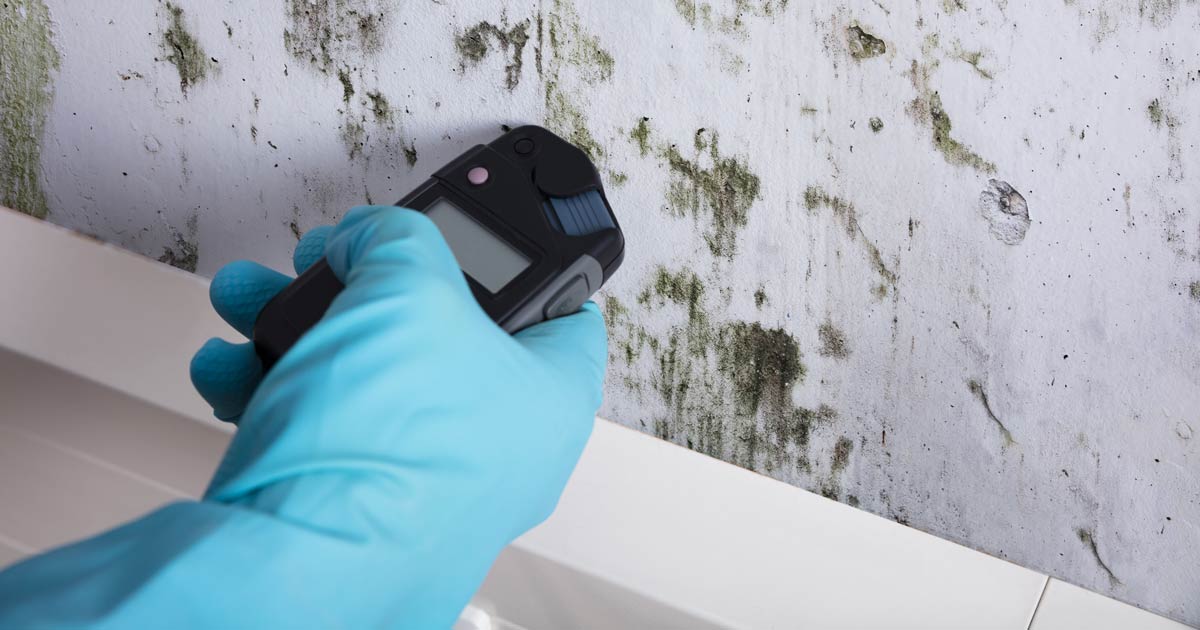After Mold Remediation Methods for Tidy Areas
After Mold Remediation Methods for Tidy Areas
Blog Article
Effective Post Mold Removal Solutions for Your Home
Mold and mildew development in homes can be a relentless issue, frequently requiring an organized strategy for reliable post-remediation options. From recognizing the aspects that add to mold growth to carrying out correct cleaning strategies and dampness control steps, the procedure can be detailed yet essential for maintaining a healthy and balanced living setting. Furthermore, discovering all-natural removal remedies and developing a routine for continuous upkeep are necessary elements of an extensive mold remediation technique. As home owners make every effort to address mold concerns, discovering the most reliable remedies ends up being critical for the well-being of their houses.
Recognizing Mold Growth Aspects
Mold and mildew growth is affected by a range of elements that are important to understand in order to efficiently deal with and avoid its spreading. Recognizing these factors is vital in applying effective mold and mildew remediation approaches. The primary element adding to mold growth is moisture. Mold and mildew spores need dampness to germinate and flourish, making wet or humid environments highly at risk to mold and mildew infestations. Poor air flow can also cause moisture build-up, creating an optimal breeding ground for mold.

Moreover, air flow and light direct exposure can impact mold growth. Areas that do not have correct ventilation and all-natural light are a lot more vulnerable to mold development. By addressing these elements comprehensively, individuals can properly reduce mold growth and secure their living atmospheres.
Proper Mold Cleansing Techniques
Utilizing reliable cleaning approaches is vital in preventing the reoccurrence and dealing with of mold contamination in indoor atmospheres. When managing mold and mildew, it is essential to prioritize safety by using safety gear such as goggles, handwear covers, and masks. The primary step in proper mold and mildew cleaning is to contain the afflicted area to avoid the spread of spores to uncontaminated locations. This can be attained by sealing the room and making use of air scrubbers or adverse air equipments to keep air top quality.

Implementing Wetness Control Measures
To successfully stop mold and mildew growth and contamination in interior settings, implementing dampness control actions is critical. Dampness is the primary variable that gas mold advancement, making it critical to handle moisture degrees within the home. One efficient procedure is to utilize dehumidifiers to preserve interior moisture levels below 60%. Additionally, making sure appropriate ventilation in areas susceptible to moisture buildup, such as shower rooms and kitchen areas, can help in reducing the threat of mold and mildew growth. Routinely inspecting and fixing any leaks in pipes, roofing systems, or windows is also necessary in avoiding excess dampness build-up. Utilizing exhaust fans discover this while cooking or bathing, and enabling air circulation by keeping furnishings somewhat far from wall surfaces can assist in wetness control. In addition, making use of moisture-resistant materials in high-humidity areas, such as mold-resistant drywall and paints, can be valuable. By carefully applying these dampness control procedures, house owners can successfully lower the chance of mold recontamination and keep a healthy interior environment.
Making Use Of All-natural Removal Solutions
After effectively applying dampness control steps to avoid mold and mildew development in interior settings, property owners can currently explore the performance of all-natural remediation solutions in keeping a healthy space. Natural remediation solutions utilize ecologically pleasant methods to fight mold and mildew and mildew, making them a popular selection for those looking for safe alternatives. One such remedy is making use of vinegar, an all-natural antimicrobial representative, to disinfect and tidy surface areas contaminated by mold. Merely dilute vinegar with water and spray it onto the influenced locations, allowing it to rest for a few hours before wiping tidy. In addition, tea tree oil, recognized for its antifungal residential or commercial properties, can be mixed with water and splashed onto mold-infested surface areas to hinder more growth. An additional all-natural option is hydrogen peroxide, which can effectively eliminate mold on numerous surface areas without leaving damaging deposits behind. By incorporating these natural remediation solutions right into their cleansing regimens, homeowners can properly fight mold and mildew development while advertising a healthier indoor environment on their own and their family members.

Keeping a Mold-Free Setting
Regularly evaluating areas susceptible to mold and mildew development, such as washrooms, attic rooms, kitchen areas, and cellars, is important. Correct air flow in areas with high moisture degrees is likewise key to stopping mold growth.
In addition, maintaining cleanliness in the home is essential for mold prevention. Keeping indoor plants in check and making sure correct water drainage in outdoor landscaping can lessen dampness build-up, reducing the probability of mold and mildew problems.
Verdict
In conclusion, it is necessary to attend to mold development elements, make use of proper cleansing methods, implement wetness control measures, make use of natural removal solutions, and preserve a mold-free atmosphere in order to effectively take care of message mold and mildew remediation in your house - After mold remediation. By Continued complying with these strategies, you can protect against mold from reoccuring and guarantee a healthy and balanced living environment for you and your family members
The primary factor contributing to mold and mildew growth is wetness. Mold spores need dampness to flourish and sprout, making damp or damp settings very vulnerable to mold and mildew infestations.To properly avoid mold development and contamination in indoor settings, implementing moisture control procedures is extremely important. Additionally, making certain proper ventilation in areas susceptible to moisture accumulation, such as shower rooms and cooking areas, can help decrease the danger of mold and mildew development.After efficiently applying moisture control measures to prevent mold growth in indoor atmospheres, homeowners can now check out the efficiency of all-natural removal remedies in maintaining a healthy living space.
Report this page